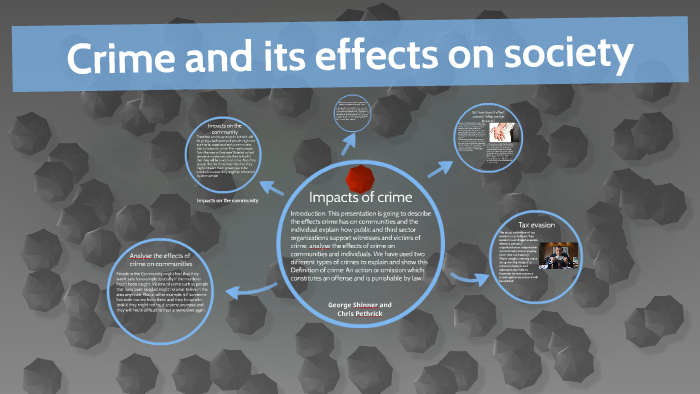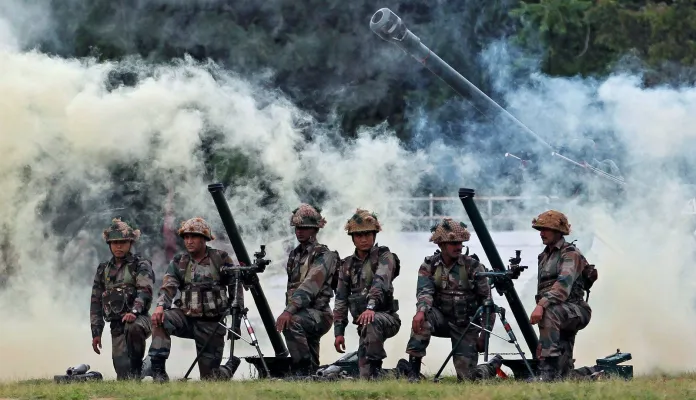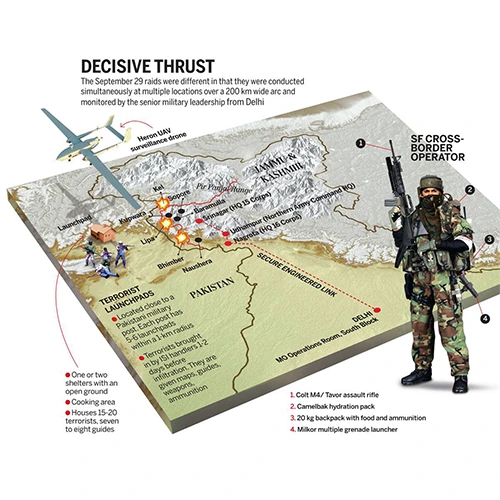Terrorism in india :-
The Uri Terrorist Attack On September 18, 2016, four terrorists belonging to the Pakistani jihadi group Jaish-e-Mohammed (JeM) struck at an Indian Army camp in Uri. The camp housed more than the usual number of troops, given the changeover between two infantry battalions.
The strike on September 28, 2016, was in retaliation for a terrorist attack on a military camp in Kashmir’s Uri on September 18, in which 19 troops were killed by Pakistan-based militants. Since then, September 29 has been designated as “Surgical Strike Day” by the government.
The Indian Army’s Major Mike Tango (radio name) led the surgical strike on terrorism camps in Pakistan-administered Kashmir after the Uri terror attack. He was called from his temporary deployment in Siachen and entrusted with leading the operation. The surgical strikes, which took place on the night of September 28-29, 2016, were carried out in response to the Uri attack. Major Rohit Suri also led a team in the strikes and was awarded the Kirti Chakra for his bravery..

Pulwama attack:
A convoy of vehicles transporting Indian security personnel on the Jammu–Srinagar National Highway was assaulted by a vehicle-borne suicide bomber near Lethapora in the Pulwama district of the erstwhile state of Jammu and Kashmir on 14 February 2019. The attacker, Adil Ahmad Dar, local Kashmiri youth from the Pulwama area, was murdered along with 40 Indian Central Reserve Police Force (CRPF) troops. The Pakistan-based Islamist terrorist group Jaish-e-Mohammed claimed responsibility for the attack. India blames Pakistan for the strike, but Pakistan acquits itself and denies any involvement. The attack shattered India-Pakistan relations, resulting in the 2019 military standoff between the two countries. Following that, Indian investigations found 19 suspects. The primary accused, along with six others, had been killed by August 2021, and seven others had been detained.
for more such detail
URI: the surgical strike:
The 2016 Uri surgical strikes were a significant military operation conducted by the Indian Army in response to the terrorist attack on an army base in Uri, Jammu and Kashmir, on September 18, 2016, which resulted in the deaths of 19 Indian soldiers. The Indian government, led by Prime Minister Narendra Modi, authorized a retaliatory strike against terrorist launch pads across the Line of Control (LoC) in Pakistan-Occupied Kashmir (PoK).
On the night of September 28-29, 2016, approximately 100 specially trained commandos from the Indian Army’s Para (Special Forces) units infiltrated PoK in Mi-17 helicopters. They targeted six terror camps in the Bhimber, Hotspring, Kel, and Lipa sectors, inflicting significant damage and reportedly killing up to 38 terrorists and Pakistani soldiers. The operation was swift and precise, with no casualties on the Indian side. The commandos used advanced surveillance and intelligence, including satellite imagery and drones, to identify and destroy the targets. The strikes were carried out without prior warning, ensuring minimal collateral damage.
Global Trends and Regional Hotspots
In 2023, global terrorism-related deaths surged by 22% to 8,352, marking the highest level since 2017. This increase occurred despite a 22% decline in the number of terrorist incidents, indicating that attacks have become more lethal. The Sahel region in sub-Saharan Africa has emerged as the epicenter of terrorism, accounting for over half of all global terrorism deaths. Groups like Jama’at Nasr al-Islam wal Muslimin (JNIM), an al-Qaeda affiliate, have gained significant influence, with an estimated 6,000 fighters operating across Mali, Burkina Faso, and beyond .
In the West, terrorist attacks have increased by 63%, with Europe experiencing a doubling of incidents. Notably, teenagers now constitute a significant portion of IS-linked arrests in Europe .
Economic and Social Impacts
Terrorism inflicts severe economic damage. In 2014, global economic losses peaked at $111 billion, primarily due to the rise of the Islamic State. By 2017, these losses had decreased to $54 billion, reflecting the decline in IS’s territorial control . However, smaller and less diversified economies remain more vulnerable to the long-term effects of terrorism, including disrupted trade, reduced investment, and increased security costs
Counterterrorism Efforts and Challenges

International legal frameworks, such as the Terrorist Financing Convention (1999) and the Terrorist Bombings Convention (1997), aim to criminalize acts of terrorism and promote global cooperation. Despite these efforts, challenges persist, including the rise of cyberterrorism, which leverages the internet to cause disruption and fear
In the United States, the FBI has refocused its priorities under Director Kash Patel, emphasizing violent crime and illegal immigration. This shift has raised concerns about the potential deprioritization of terrorism-related investigations
Conclusion
Terrorism continues to evolve, with shifting regional dynamics and emerging threats. While global efforts to combat terrorism have yielded some successes, the changing landscape necessitates adaptive strategies and sustained international cooperation to address both traditional and emerging forms of terrorism effectively.
